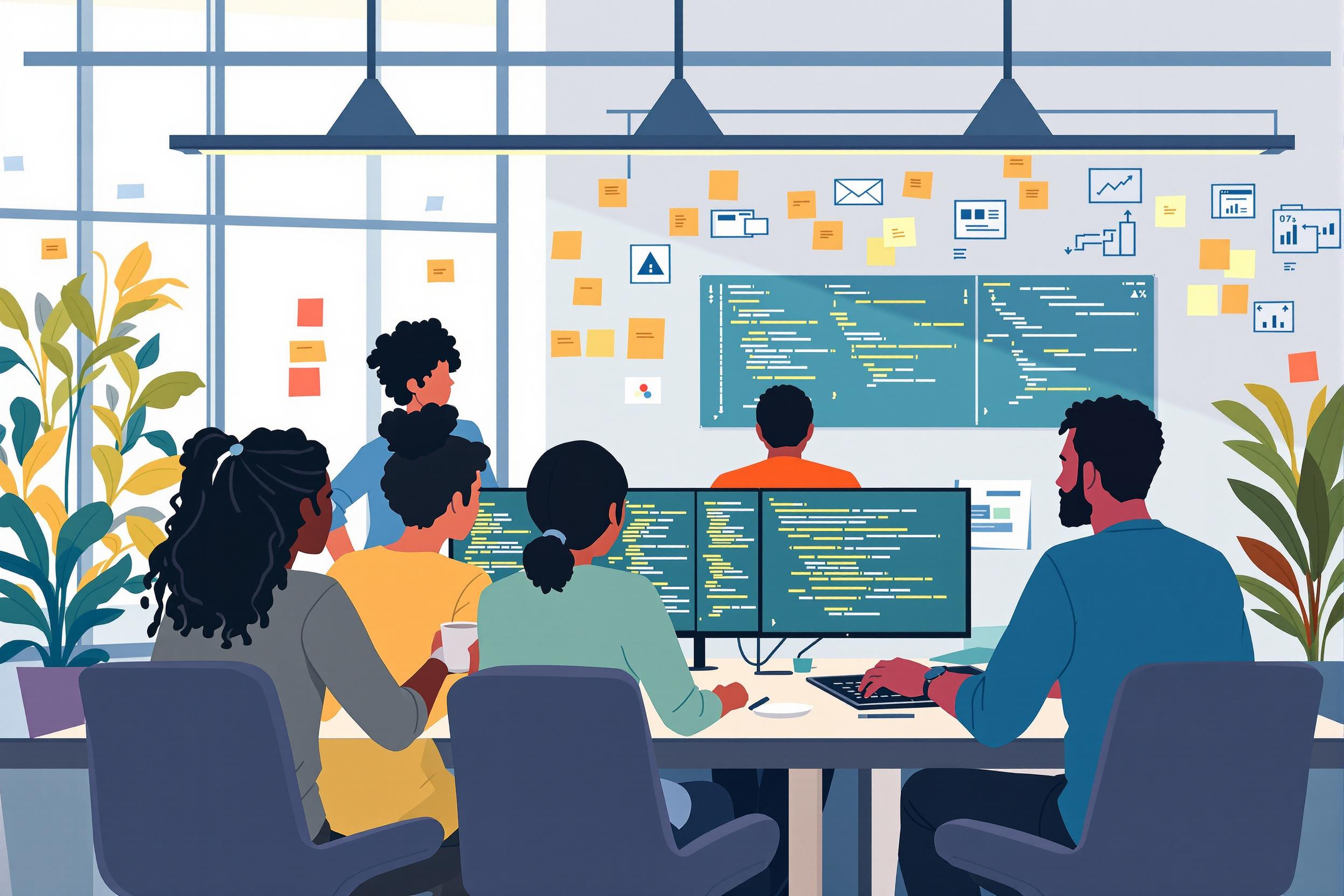
SPICE
SPICE (Simulation Program with Integrated Circuit Emphasis) is a standard tool used in the computer chip industry to test how electronic circuits will work before they're actually made. Think of it like a virtual testing ground where engineers can try out their circuit designs on a computer first, saving time and money compared to building physical prototypes. It's similar to how architects use computer models to test building designs before construction begins. When you see SPICE mentioned in a resume, it usually means the person has experience with circuit design and testing using computer simulation tools.
Examples in Resumes
Used SPICE simulation to verify new chip designs before production
Reduced product development time by 40% through SPICE modeling and analysis
Led team in implementing SPICE simulations for quality control processes
Typical job title: "SPICE Engineers"
Also try searching for:
Where to Find SPICE Engineers
Professional Organizations
Online Communities
Job Resources
Example Interview Questions
Senior Level Questions
Q: How would you approach implementing SPICE simulations for a new chip design project?
Expected Answer: A senior engineer should discuss project planning steps, including choosing appropriate models, setting up test scenarios, and validating results against real-world data. They should mention team coordination and documentation processes.
Q: Describe a challenging circuit design problem you solved using SPICE
Expected Answer: Look for answers that demonstrate leadership in problem-solving, including how they identified issues through simulation, what changes they made to improve the design, and how they validated the final solution.
Mid Level Questions
Q: What are the key parameters you look for when running a SPICE simulation?
Expected Answer: They should mention basic circuit behaviors like voltage, current, temperature effects, and timing, explaining these in practical terms related to product performance.
Q: How do you ensure your SPICE simulations are accurate?
Expected Answer: Should discuss comparing simulation results with actual measurements, understanding model limitations, and basic troubleshooting approaches.
Junior Level Questions
Q: What is the basic purpose of SPICE simulation?
Expected Answer: Should be able to explain that SPICE helps predict how electronic circuits will behave before they're manufactured, saving time and money in the development process.
Q: What types of analysis can you perform with SPICE?
Expected Answer: Should mention basic analyses like DC analysis (steady-state behavior) and transient analysis (behavior over time), explaining them in simple terms.
Experience Level Indicators
Junior (0-2 years)
- Basic circuit simulation setup
- Running standard analyses
- Understanding simulation results
- Basic model parameter adjustment
Mid (2-5 years)
- Complex circuit analysis
- Custom model development
- Performance optimization
- Integration with design flow
Senior (5+ years)
- Advanced simulation strategies
- Team leadership and mentoring
- Complex system modeling
- Design verification methodology
Red Flags to Watch For
- No hands-on experience with actual circuit design tools
- Unable to explain basic simulation concepts
- Lack of understanding of semiconductor manufacturing processes
- No experience with design verification methods
Need more hiring wisdom? Check these out...

Cracking the Code: How to Source Talent in APAC and EMEA with Cultural Sensitivity

Unlocking Team Potential: Personality Mapping for Dynamic Management

Cracking the Code: Real Strategies to Diversify Tech Hiring

